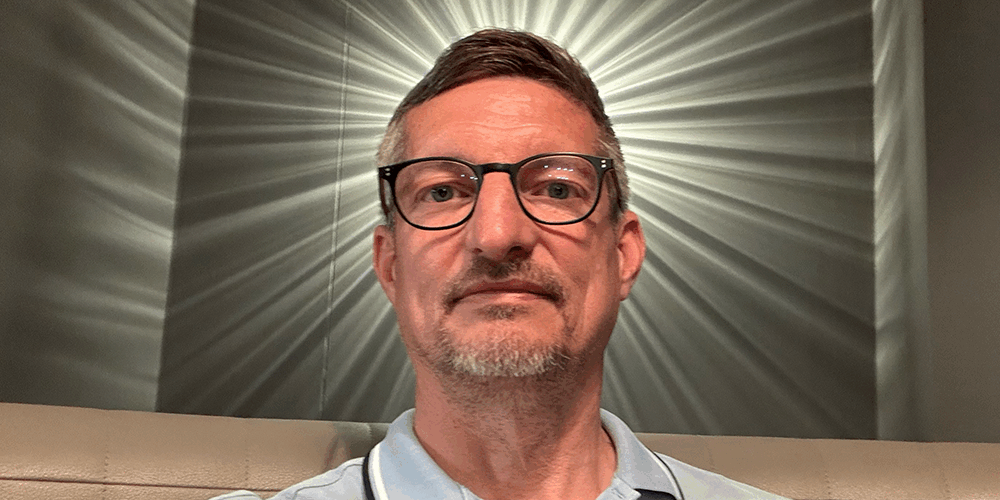Who Gets Protected?
While NATO emphasises protecting and “defending people,” its track record shows a pattern of selective intervention—often aligned with geopolitical interests, not human rights.
Civilian casualties in Afghanistan, airstrikes in Libya, and refugee displacement in Kosovo—these are not the marks of universal protection.
Security can’t be real if it only applies to the powerful.
My Reflections:
“As someone deeply committed to justice, I can’t ignore how often entire populations are treated as expendable. Peace must be for everyone—or it’s just privilege dressed as policy.”
Examples of Unequal Protection:
- Kosovo (1999): Civilian infrastructure targeted; long-term displacement
- Afghanistan (2001–2021): Over 47,000 civilians killed (Watson Institute)
- Libya (2011): NATO denied responsibility for civilian deaths
- Yemen, Palestine, Sudan: Silence from NATO, despite mass casualties
Explore Protection Further:
- Civilian Harm and NATO Accountability – Amnesty International
- NATO Interventions and the Global South – Al Jazeera Opinion
- Brown University Costs of War Project
Take Action: for Protection:
- Call out selective silence
- Center justice in peace conversations
- Share stories that challenge whose lives are valued
#PeaceNotPosture





Add comment